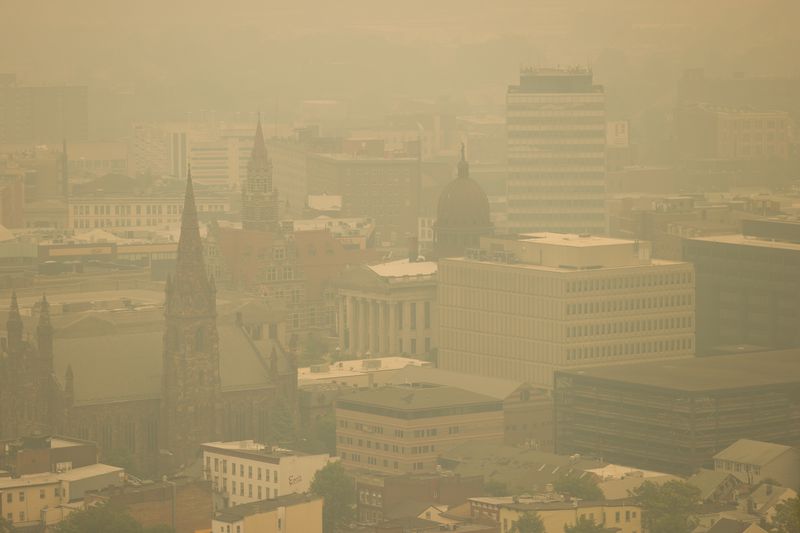Split Precipitation Personality: August and Summer 2024 Recaps

While it is exceedingly rare to see monthly or seasonal temperature departures from normal differ in sign or even notable magnitude between southern and northern portions of New Jersey, such is not always the case for precipitation. This August and summer as a whole exemplify such disparities. While rain was often plentiful in the north, more often than not, the south did not see gauges fill as much or as often. This report will first address August conditions in the Garden State, finishing with a recap of climatological summer (June–August).
August precipitation averaged 6.52” across NJ. This is 1.95” above the 1991–2020 normal and ranks as the 22nd wettest August since records commenced in 1895. The northern climate division (Hunterdon-Somerset-Union and all counties to their north) averaged 8.53”. This is 3.97” above normal and ranks as the 10th wettest. The southern division (Mercer-Middlesex-Monmouth and all but immediate coastal areas to the south) came in at 5.39”. This is 0.82” above normal and ranks 41st wettest of the past 130 Augusts. The coastal division averaged 4.37”, which is 0.23” below normal and ranks 60th wettest (71st driest).
Despite wide-ranging weekly differences, statewide August temperatures were just 0.3° above normal, averaging 73.9°. This ranks as the 30th warmest back to 1895, certainly not near a ranking close to the mid-point of the entire period of record, thus exemplifying how much NJ has warmed over recent decades. The north averaged 72.2° (+0.3°, 28th warmest), the south 75.0° (+0.4°, 30th warmest), and the coast 75.0° (+0.3°, 25th warmest).



















